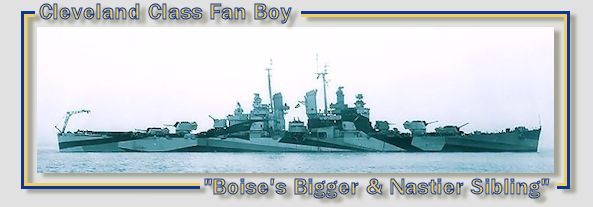ORIGINAL: Canoerebel
I updated those figures in Post # 185 - Over four days of bombardment, the Allies at Akyab suffered 4,000 casualites, 40 infantry squads destroyed, 240 infantry squads disrupted, 80 non-combat squads destroyed, 280 non-combat squads disrupted, 24 guns destroyed, and 24 vehicles destroyed. So, the average per day was roughly 1,000; 10/60; 20/70; 6 and 6. This is roughly the same as the losses suffered at Changteh in a deliberate attack although the force engaged at Chengtah was considerably larger.
As noted previously, you would expect a pitched battle to be far more bloody than an artillery bombardment, but that wasn't the case with this particular comparison and I don't think players will find that to be the case in their games. Artillery is simply too powerful in the game.
ckammp, you've made it clear that you don't think there is anything wrong with artillery. Let's step aside and allow other players to weigh in with the results from their own games. A large sampling of data from a variety of ongoing games should shed more light on the issue.
Unfortunately Canoerebel, artillery seems only to be broken when used *en masse* such as the examples above. My island hopping campaigns, where 10k troops face off against 3 or 4k troops and less than 100 guns, look pretty good from an artillery standpoint. Maybe 30 or 40 casualties (though still WAY too many non-infantryman casualties - casualties need to be skewed more towards 'the sharp end' i.e the combat rifleman - and away from the rear area support troops.)
Fixing it for the mass death star attacks might break it for the island campaigns. I think supply requirements for bombardments need to be increased even more, and need to be skewed more towards DISRUPTION versus DESTRUCTION. And perhaps there needs to be strict stacking limits about guns in a hex.
Not sure what they can do without breaking the balance of the islands. My suggestion is to reduce, by a large amount, the victory points gained by taking cities in china, by reducing artillery effectiveness in jungle, mountain, and fortified hexes, and slowing down movement rates of artillery units. Movement of artillery units in jungle terrain should be EXTREMELY difficult; likewise for mountain terrain. Note how the Japanese in Maruyama (sp?)s attack in Guadalcanal - on the way to their jump-off points, they had to navigate the jungle to approach Henderson from the south. The infantrymen all carried a part of a disbanded artillery piece. On the way, almost all the heavy pieces were left behind on the trail. They were too difficult to move.









 [/center]
[/center]
